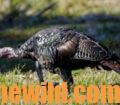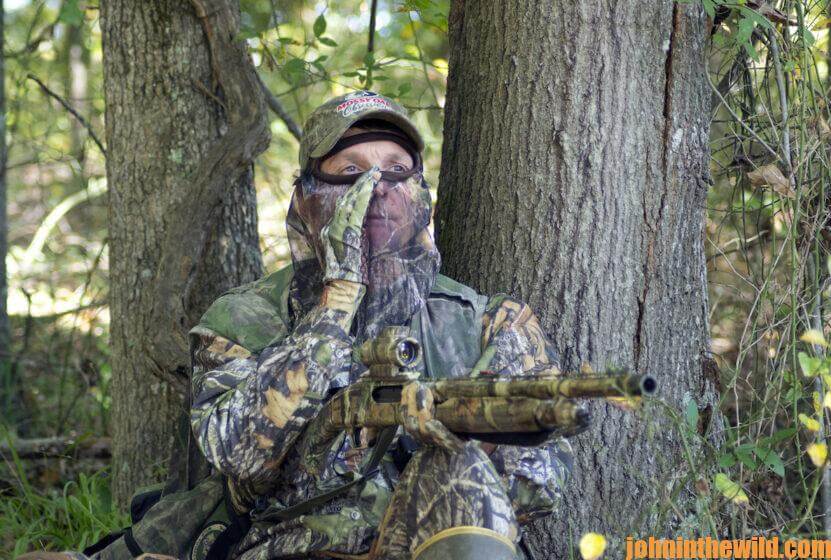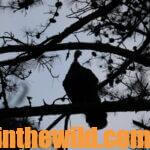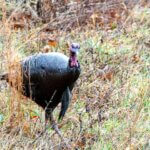Editor’s Note: After the early days of hunting turkeys in the 1970s, listening to audio tapes on a cassette recorder was the way most turkey hunters learned how to call wild turkeys. One of the main reasons was due to cassette tape recorders being portable. Many cars then had cassette tape players in their dashboards. However, audio devices have improved so much since then that now with an audio book like my Audible “Outdoor Life’s Complete Turkey Hunting,” available at https://www.amazon.com/gp/product/B09Z5JHY42/ref=dbs_a_def_rwt_hsch_vapi_taud_p3_i4,
you can learn to call wild turkeys on your cell phone, your computer or your tablet. I believe that hearing an expert call wild turkeys and then imitating the sounds he makes is still one of the best ways to learn to call wild turkeys. Lovett Williams, a renowned wild turkey researcher, also is a fine turkey caller.
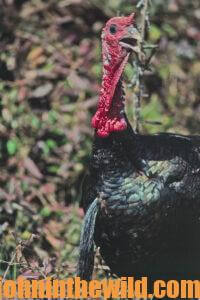
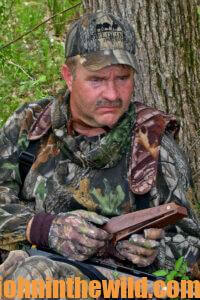 John E. Phillips: The calls we’ve discussed and used so far are calls that are used in the spring of the year to call a mature gobbler to within gun range of the hunter. But turkeys also can be called in during the fall. We need to understand which calls to use in the fall of the year and how to use them. Not all states have a fall turkey season, but 40+ states do. The first call that fall hunters often make is the assembly call of the hen.
John E. Phillips: The calls we’ve discussed and used so far are calls that are used in the spring of the year to call a mature gobbler to within gun range of the hunter. But turkeys also can be called in during the fall. We need to understand which calls to use in the fall of the year and how to use them. Not all states have a fall turkey season, but 40+ states do. The first call that fall hunters often make is the assembly call of the hen.
Lovett Williams: The assembly call of a hen is used by the adult brood hen to assemble her turkey brood in the summer and early fall. One unusual fact about this call is every hen sounds somewhat different when she gives this call. There is a reason for that. The brood of young turkeys needs to be able to identify their mother’s yelping. Then they will go to the right 
mother hen when the time to assemble – “gather together in a flock” – arrives.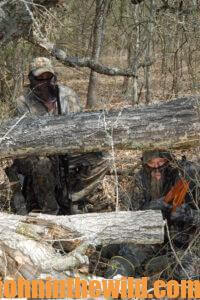 They need to know the direction from where the assembly yelp has come. Unless you know exactly the sound and the cadence that the brood hen gives, the assembly yelp won’t be a very-effective call for hunters. For that reason, imitating the assembly yelp is not used very often by fall hunters. But a hunter needs to know what that call sounds like. If he hears an assembly call in the fall, the brood of turkeys will stop responding to your yelping and go directly to the brood hen giving that call. But by giving the assembly call, you may flush the brood hen and cause her to fly out of that area, since hens make different assembly yelp calls. To use this call effectively, you must know exactly what the hen is saying to her brood and mimic that call.
They need to know the direction from where the assembly yelp has come. Unless you know exactly the sound and the cadence that the brood hen gives, the assembly yelp won’t be a very-effective call for hunters. For that reason, imitating the assembly yelp is not used very often by fall hunters. But a hunter needs to know what that call sounds like. If he hears an assembly call in the fall, the brood of turkeys will stop responding to your yelping and go directly to the brood hen giving that call. But by giving the assembly call, you may flush the brood hen and cause her to fly out of that area, since hens make different assembly yelp calls. To use this call effectively, you must know exactly what the hen is saying to her brood and mimic that call.
 Phillips: Another call that hunters often use in the fall is kee-kee and the kee-kee run. What are these sounds, and how do you use them?
Phillips: Another call that hunters often use in the fall is kee-kee and the kee-kee run. What are these sounds, and how do you use them?
 Williams: The kee-kee run is often known as the whine or the squeal of a young turkey. Actually, the kee-kee run is two calls. The kee-kee is a high-pitched, almost whistle-like call of a young turkey. The kee-kee run starts with that high, whistle-type sound and then has yelps on the end of that call. This is the lost call of young turkeys in the fall of the year – both males and females. The call is one of the deadliest calls that hunters can use when calling young turkeys. These two calls are ones you need to know if you want to master fall turkey calling.
Williams: The kee-kee run is often known as the whine or the squeal of a young turkey. Actually, the kee-kee run is two calls. The kee-kee is a high-pitched, almost whistle-like call of a young turkey. The kee-kee run starts with that high, whistle-type sound and then has yelps on the end of that call. This is the lost call of young turkeys in the fall of the year – both males and females. The call is one of the deadliest calls that hunters can use when calling young turkeys. These two calls are ones you need to know if you want to master fall turkey calling.
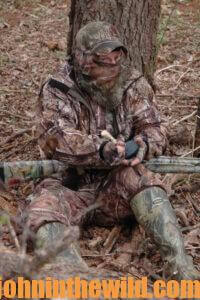 You’ll be able to hear 10% for free of the “Outdoor Life’s Complete Turkey” audible book at https://www.amazon.com/gp/product/B09Z5JHY42/ref=dbs_a_def_rwt_hsch_vapi_taud_p3_i4. On the right side of the page and below the offer for a free Audible trail, you can click on Buy the Audible Book. If you have any questions, please email me at john7185@gmail.com. You also can buy the Kindle version of the book at https://www.amazon.com/gp/product/B00IXXJWOQ/ref=dbs_a_def_rwt_hsch_vapi_taft_p1_i4
You’ll be able to hear 10% for free of the “Outdoor Life’s Complete Turkey” audible book at https://www.amazon.com/gp/product/B09Z5JHY42/ref=dbs_a_def_rwt_hsch_vapi_taud_p3_i4. On the right side of the page and below the offer for a free Audible trail, you can click on Buy the Audible Book. If you have any questions, please email me at john7185@gmail.com. You also can buy the Kindle version of the book at https://www.amazon.com/gp/product/B00IXXJWOQ/ref=dbs_a_def_rwt_hsch_vapi_taft_p1_i4
and the print version of the book at https://www.amazon.com/gp/product/1720096821/ref=dbs_a_def_rwt_hsch_vapi_taft_p7_i7. You may have to copy and paste these links into your browser.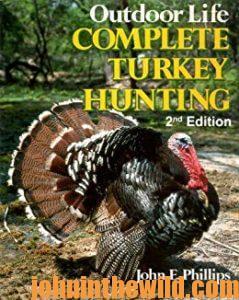
Tomorrow: Techniques to Call Wild Turkeys

